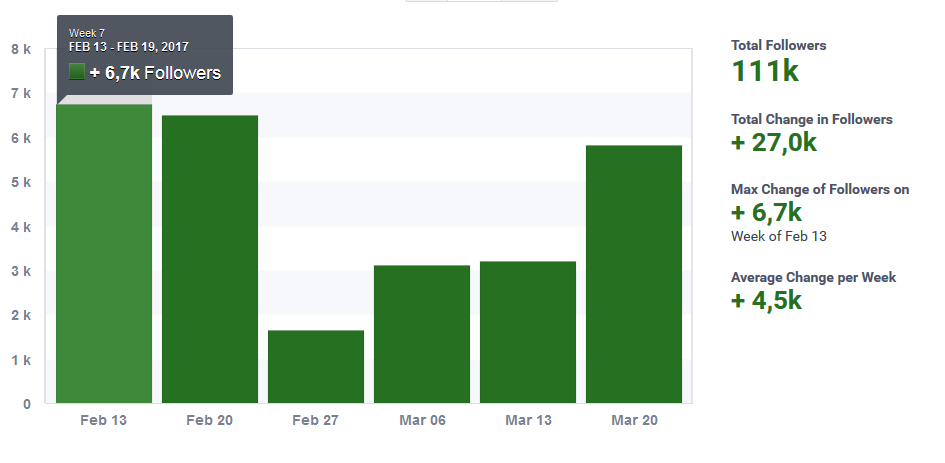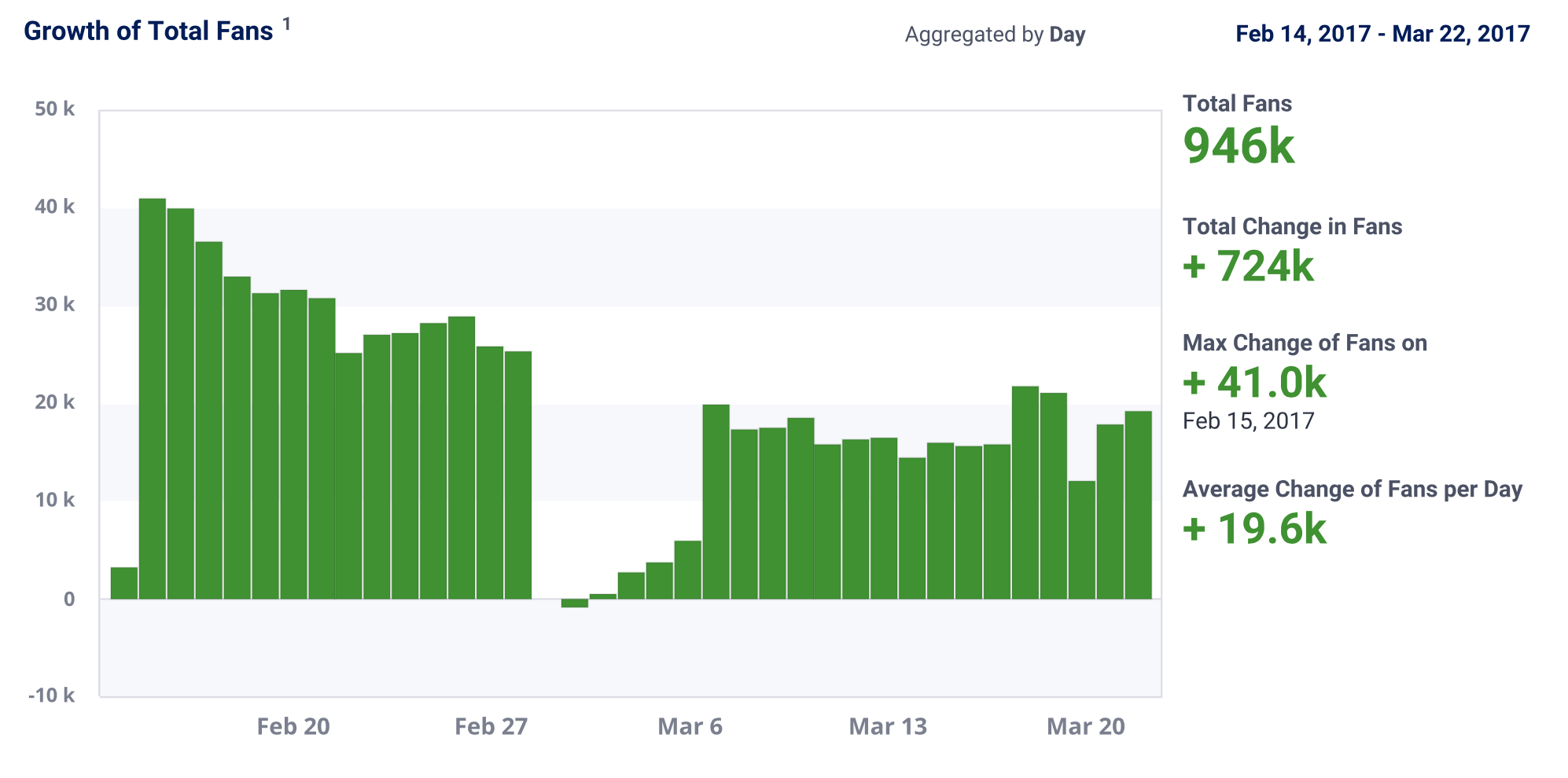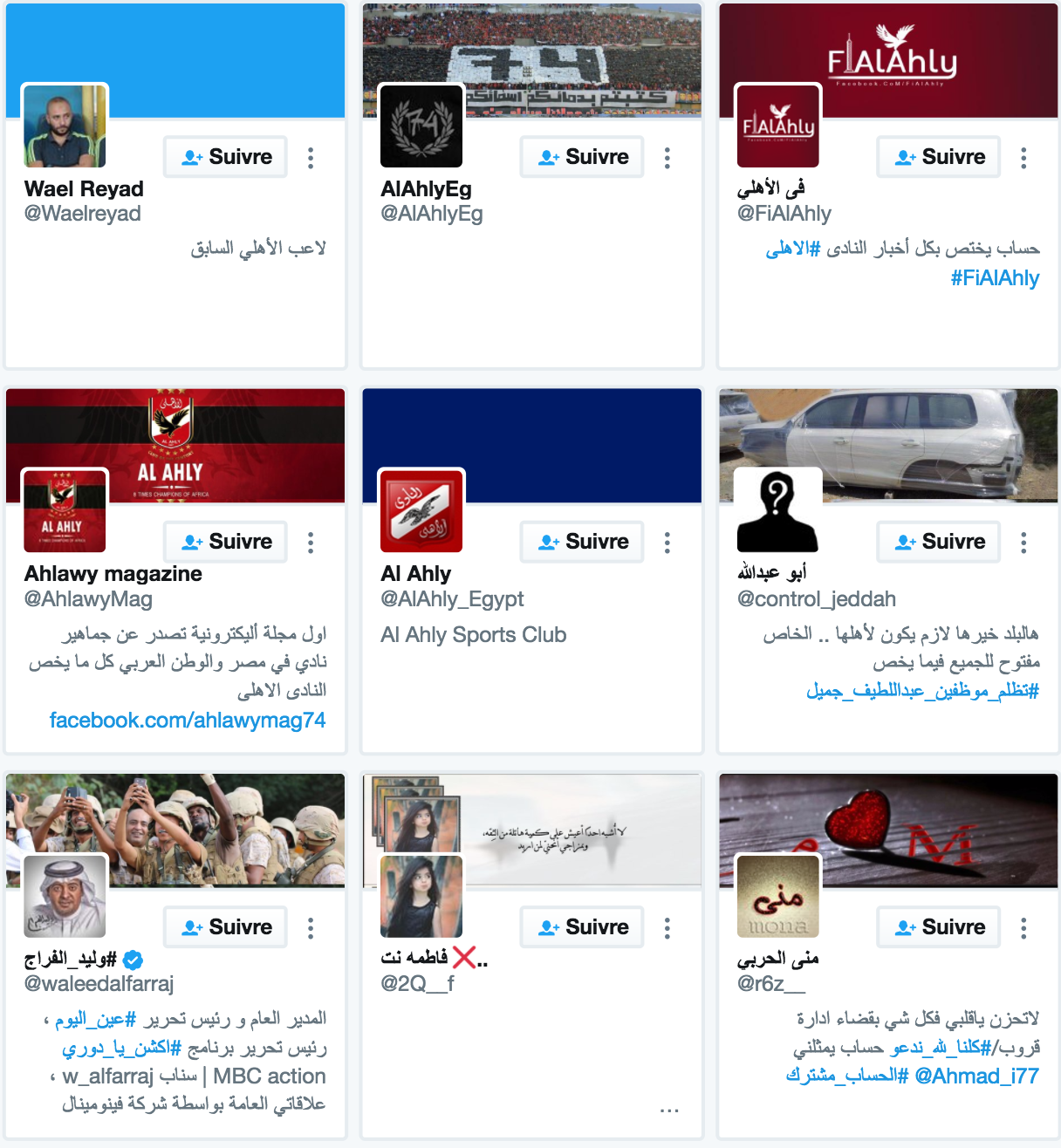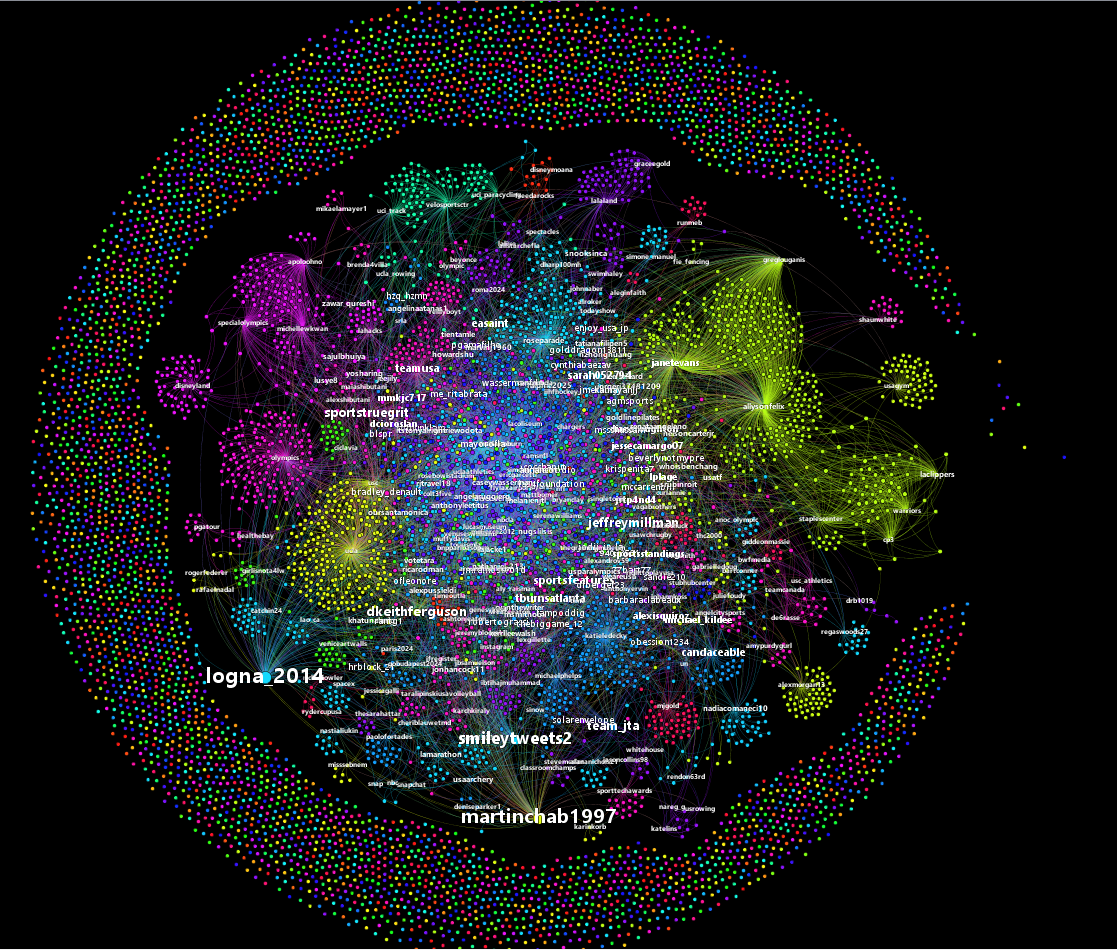Sommaire
Has the #LA2024 Olympic bid been caught in the act of digital doping?

Paris2024 and LA2024 are in the starting blocks for the bid to host the 2024 Olympic Games. They are the last cities still in the running, while Rome, Boston, Hamburg and Budapest have dropped out due to a lack of local interest.
Against this backdrop, Los Angeles is trying to position itself as a digital city. And it would appear that it's doing so by any means necessary, judging by some rather dubious signs in its social presence.
I. Analysis
The starting point: Twitter and suspicious accounts
I came across an article summarising the battle between the two cities and the fact that neither of the candidates wanted to let the 2024 bid go. When I came across the Los Angeles 2024 account, I discovered some rather dodgy accounts:
(Go and see for yourself via the account here, scroll down a bit as the purchases seem to date back to February)
Many of the accounts seem to come from Arab countries. After all, why not? There are only two cities left in the running. But nothing in their activities seems to indicate any interest in sports, the Olympics or even America.
 And with good reason: in the last month, the account has gained no fewer than 27,000 followers! That's 1/4 the audience of an account created 2 years ago.
And with good reason: in the last month, the account has gained no fewer than 27,000 followers! That's 1/4 the audience of an account created 2 years ago.
 Using Visibrain, I analysed all the account's activity streams. And the least we can say is that the account doesn't seem to be attracting any crowds. 8398 followers over a period of 8 months. Enough to cast doubt on the number of active followers.
Using Visibrain, I analysed all the account's activity streams. And the least we can say is that the account doesn't seem to be attracting any crowds. 8398 followers over a period of 8 months. Enough to cast doubt on the number of active followers.
I also analysed the interactions via this account among the 8398 people. Using a formula, I was able to isolate the automatic accounts. While many accounts are present, none are directly linked to LA2024.
However, the countries of origin of the people interacting may also arouse suspicion, since more than 55% of interactions do not come from the United States:
Among these, there were still a few dodgy accounts like this one:
However, it has to be said that on the whole, the supports appear to be 'legit', as can be seen from the mapping of all interactions with the account. (But delete the account to see the links)
Confirmation on Facebook
On Facebook, suspicions are also running high: in just 6 weeks, the Facebook page has increased its fan base 5-fold, from 200,000 followers to 1 million(Source: Social Bakers).
These are figures that would make any number of community managers pale in comparison, as they would love to have such figures to their name. And, as with Twitter, their countries of origin are completely unclear, as the 3 countries where they have been most successful are Bangladesh, Pakistan and Nepal.
- Bangladesh: from just 83 fans to 104,165 fans
- Pakistan: from just 56 fans to 92,104 fans.
- Nepal: from just 71 fans to 78,515 fans.
A wave of enthusiasm seems to have swept across Asia! To better understand the change that has taken place, here are the top 3 countries on the Facebook page in 2016 :
Top 3 countries in March 2017:
You'll notice that in 2016, 96% of supporters of the official page lived in the United States. This has now dropped to just 25%. Between them, Pakistan, Bangladesh and Nepal have more fans than the US. All this in less than 6 weeks. All of which strongly suggests an operation to buy followers and fans.
What's more, it would seem that the patriotic craze in the USA is on the wane at the same time: in 2016, the average number of new American followers was 16,000. In 2017, it was just 7,252.
As for the engagement figures around the page, there's nothing to suggest that there's any cheating at work. Fortunately, since engagement is at an all-time low:

II. An astroturfing operation?
The rapid increase in the number of fans on both Twitter and Facebook, and from countries that have nothing to do with the United States, points to a possible astroturfing attempt.
Astroturfing is a communications technique first named by US Senator Lloyd Bentsen. Its etymology comes from a synthetic turf product that closely mimics natural grass. The senator's aim was to contrast grassroots movements with attempts by unscrupulous companies to simulate a grassroots frenzy around their cause.
This is not the first time we have seen this kind of technique used in sports lobbying.
In 2012, to simulate massive support for a bid to host a French Rugby Federation stadium, Havas bought fake fans on their project page.

Only, we can see that the city that liked the page the most was none other than... Dhaka in Bangladesh.
Oh, the same result as here. In reality, they buy their followers via a dedicated platform. They're not bots or anything. Indeed, it's become difficult to have an army of bots on Twitter. They're just humans like you and me. They receive a commission in the form of money for each follow they make. In these countries, this sum is quite substantial. This allows providers to charge appropriate rates of this order:

III. Conclusion
Insofar as I find it hard to believe that a purchase of fans and followers on this scale could not alert the LA2024 committee for a month, all the evidence suggests that the committee bought fans and followers in order to appear more "digital" and to make the city's bid appear to enjoy massive popular support. All this in order to make the Olympic committee, which will only see figures without understanding their formation, believe that the Californian bid is stronger locally than that of Paris.
It's pretty crazy that in 2017 people still think that all this doesn't catch people's eyes, especially as it's all easily identifiable and demonstrable. If lobbying and astroturfing could remain hidden until now, it's quite reassuring to see that astroturfing on social networks leaves traces and that these traces can be identified. Let's bet that Los Angeles will no longer be boasting about its digital prowess.












